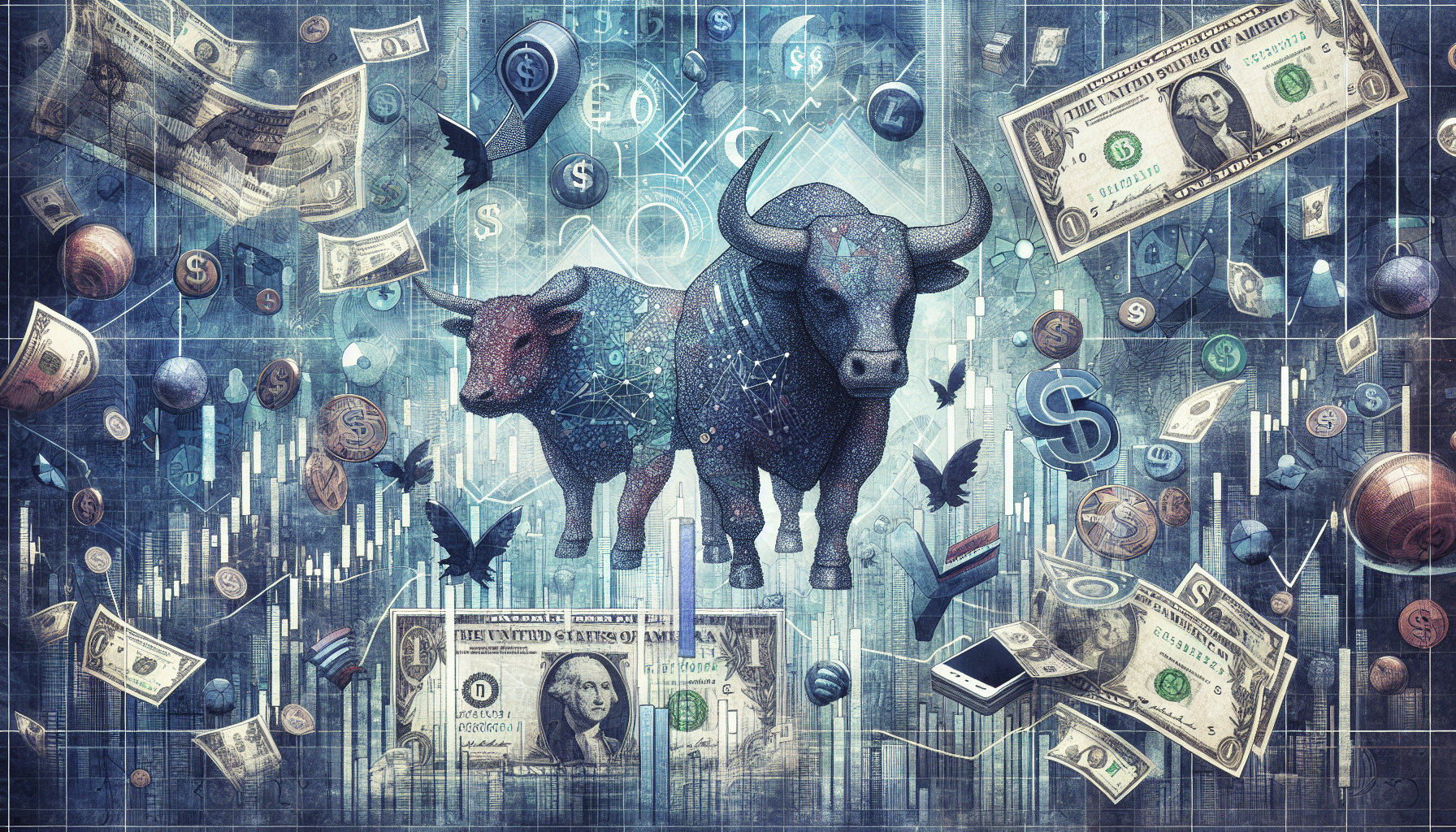
tl;dr
In 2024, South Korea's digital asset trading volume surpassed its stock market volume, driven by high-risk trading culture and boosted by Donald Trump's re-election. The combined digital assets held by five major exchanges totaled $73.3 billion, with daily crypto trading volumes reaching $12 billion...
In 2024, South Korea's digital asset trading volume surpassed its stock market volume, fueled by a high-risk trading culture and further accelerated by Donald Trump's re-election. The combined digital assets held by the country's top five exchanges reached $73.3 billion, with December daily crypto trading volumes hitting $12 billion, outpacing the stock market's $10.7 billion.
Over 16 million South Koreans now hold accounts with major crypto exchanges, exceeding the number of stock traders and signaling a significant shift towards digital assets. Traders are increasingly embracing riskier products such as leveraged offshore crypto ETFs, reflecting growing tolerance for high-risk investments.
The Bank of Korea supports innovation in digital assets, particularly in payments, but stresses the importance of strict regulatory oversight to protect consumers and maintain financial stability. Stablecoins, gaining traction in cross-border payments, have become a focal point. The Bank calls for regulatory frameworks addressing redemption guarantees, operational resilience, and transparency of reserves.
Furthermore, the Bank of Korea plans active participation in shaping stablecoin regulations, especially where these digital assets intersect with domestic financial infrastructure. On the international stage, the European Central Bank warns of the growing dominance of USD-pegged stablecoins under pro-crypto U.S. policies and advocates revising the EU’s crypto regulatory framework. However, the European Commission resists this view, cautioning against fearmongering and legislative overreach.
The surge in South Korean crypto trading highlights a rapidly evolving financial landscape where digital assets increasingly rival traditional stock markets, raising important questions about risk, regulation, and the future of financial innovation.